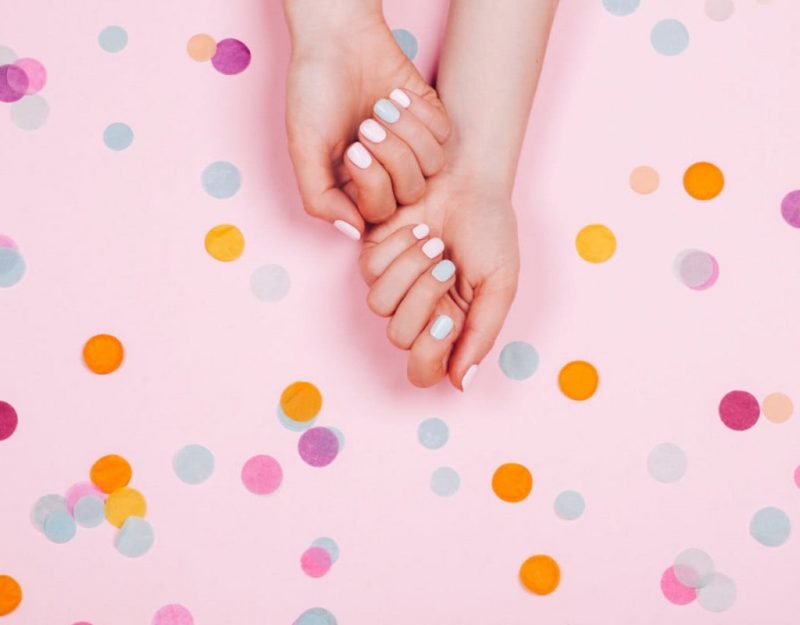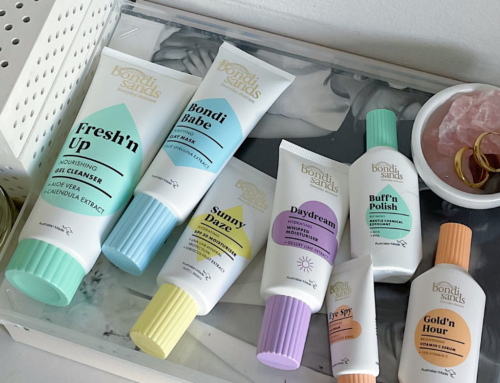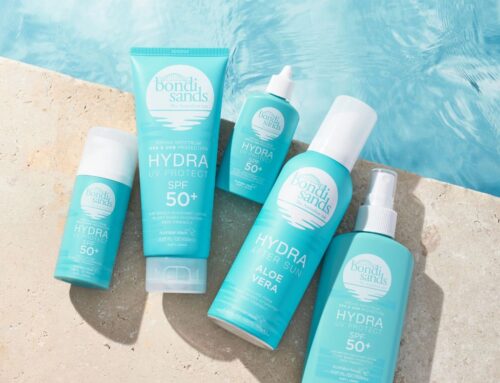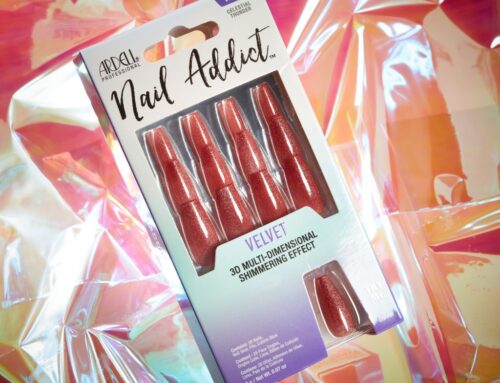Signs of your health and wellbeing are literally at your fingertips.
The appearance of our nails can speak volumes about our body. They can be used as a health diagnostic tool, signifying nutritional deficiencies. While, as we all know, there’s a connection between looking our best and feeling our best. So take a look and your finger nails to see how healthy they are.
The facts
Your fingernails are composed of keratin – a type of protein – and minerals. They form in the matrix area of the finger and take about 6 months to grow. Nails are designed to protect our fingertips and require protein, vitamin A, B, calcium, zinc, iodine and iron to stay healthy.
The cuticle works as a bacteria guard, protecting the nails from infection. A healthy nail should look smooth and pale pink with a white half moon at the base.
Common problems cause by external agents
Thin and flaky nails are often caused by external agents such as detergents and chemicals found in daily household products, chlorine in swimming pools, or harsh nail varnish removers. Acrylic nails can also deprive the fingernails of moisture causing them to dry out and to weaken.
The easiest way to combat this problem is to apply a few drops of almond oil onto the nail or take a food supplement such as cod liver oil.
Ridged nails are often the response to an external impact that has caused damage at the root of the nail. This is often due to the harsh use of an cuticle stick. So take care.
Fungus is another common external nail condition. It is also known as Onychomicosis. Often it is caused by false nails or nail polish trapping moisture and fungi together around the fingernails.
To prevent this, try to keep your hands dry and clean and choose your manicurists carefully, ensuring they sterilise their instruments thoroughly. If you have a fungal nail infection, there are several very effective products available to treat it. Consult your GP.
Nails and your internal health
Changes in your fingernails will often reflect a simple deficiency in our body. White spots, for instance, are usually a sign of lack of calcium (which you can counteract by introducing more dairy into your diet) or zinc (found in beans and nuts).
A very pale nail bed can indicate an iron deficiency (good sources of iron include dark green vegetables, wholemeal bread, fortified breakfasts cereals, beans and meat).
If you observe persistent changes in your nails, be sure to consult your GP as it could indicate a number of possible causes.
The healing manicure
Looking after your hands regularly will promote your nails’ good heath. Keep your fingernails short and trimmed and your hands clean and dry. Always carry some hand cream in your bag.
You can use essential oils as part of your manicure routine. This will not only nourish your skin, but supposedly lift your mood too! Peppermint will energise tired hands and fingers, lavender is excellent for calming, and rosemary will help nourish the driest of skins.
Buffing your fingernails is a good alternative to varnishing. It stimulates circulation and gives a healthy glossy effect to the nail.
See more:
 Written by Lilly Potter
Written by Lilly Potter
A beauty and fashion goddess with the mouth of a sailor, Lilly is our go-to for what’s happening in the world of celebs. With a green tea in hand 90% of the time, she loves photography, surfing and dominating board game nights. It’s a problem.
Favourite Disney film: Beauty & the Beast






My nails are yuk, they are weak and brittle and break easily, have always been like that. I do need to look after my hands a bit more though
Wow, one or two of my fingernails have become very ridged lately! Looks like my nail bed or cuticles had been getting a knocking! Good to know what to look out for.